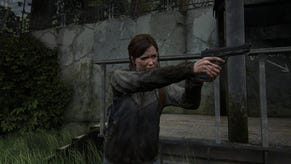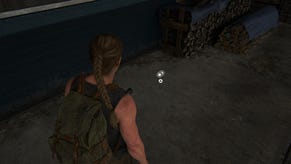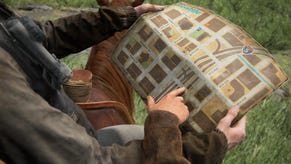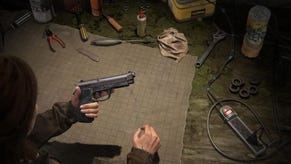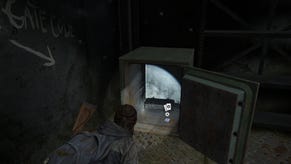Against all odds, The Last of Us, Part 2 Remastered’s No Return mode is nigh-on perfect
I would never, in a million years, have expected a bolt-on roguelike upgrade to be this good. Even if it doesn’t fit in TLOU’s universe.
The Last of Us, when you really think about it, is the last game that should have ever gotten a roguelike mode. Think about it; this is a series that goes to great lengths to bemoan the use of excessive violence, that sternly wags its finger and says ‘tsk, tsk, tsk, can’t we do better than this?’ whilst standing in a pool of blood and looking sad.
To inject a non-canon roguelike into this game is anathema to the very point of The Last of Us, on the surface. Saying to its tortured characters “here, have an infinite pit of misery” or “here’s a gauntlet you can run, over and over, where killing is free and violence is celebrated” would no doubt horrify and alienate the more moderate members of the cast (read: Jesse, Dina, Tommy, Owen, and so on). Abby and Ellie may actually enjoy it, though – I always had the feeling they were sadists, at heart.
So how does The Last of Us get it so right? I have put 1000s of hours into roguelikes (I’d go as far as saying they represent my favourite games in the whole industry) and The Last of Us 2 Remastered’s No Return mode is up there with the best. The game’s encounter design was always top-tier; giving you little stealth sandboxes to run around with the option to ‘go loud’ if you get sniffed out (or giving you more than enough pathways to execute your ninja plan with aplomb if not) is only the first layer of the onion.
Beyond that you have allies you can orchestrate ambushes with, traps that can wipe entire squads of enemies out if you’re canny, and enough varied enemy varieties that make each encounter feel truly unique (even if the AI can sometimes be a little dunderheaded and trigger-happy). Popping all those elements into a cocktail shaker and pouring them out over a myriad of maps from across the entire game is a masterstroke, it turns out, that makes every single encounter you’ll happen across in No Return feel magical, curated, tight.
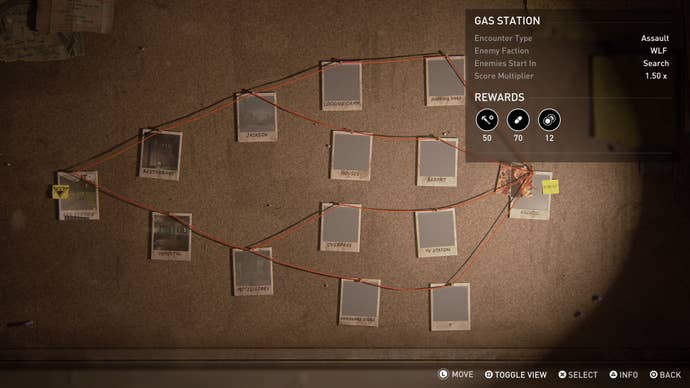
On top of all this, there are new modifiers that alter your performance and force you to rethink your approach. Like staying in the long grass and stalking your enemies? Not when there’s poison rain, you don’t. Do you keep upgrading your bow so you can land all those delicious stealthy headshots? Not when you get health or damage bonuses for melee attacks and physical takedowns. I won’t ruin the surprises here, but these ‘mods’ entirely change the game – making it feel more like a game you’ve made yourself with a smorgasbord of mods over the course of 12 years than an official PlayStation product (complimentary).
There’s also a persistent sense of progression baked into No Return – not quite how Hades does it, though I’m sure Naughty Dog took some notes – that allows you to unlock new characters, character-team ups, and starting points for your little adventures. The sweet spot is about the same, too; 30 minute runs designed to be standalone, but with unlockables tied to completing specific objectives, surviving encounters, or ticking off entire runs. The result is a compelling, moreish experience that’s already had me up well past my bedtime as I seek to shank just one more clicker in the reclaimed urban wastelands of Seattle.

No Return is a mode I will keep returning to when I’m inbetween games – the same as I have with Enter the Gungeon, The Binding of Isaac, Nuclear Throne, and Hades for the past 10 years of my life. As Sherif has said, that Sony has found a way to keep its single-player games alive without being tempted to the GaaS/battle pass darkside is a stroke of genius, and The Last of Us, Part 2 Remastered is a rerelease that lionises that, against all odds.




